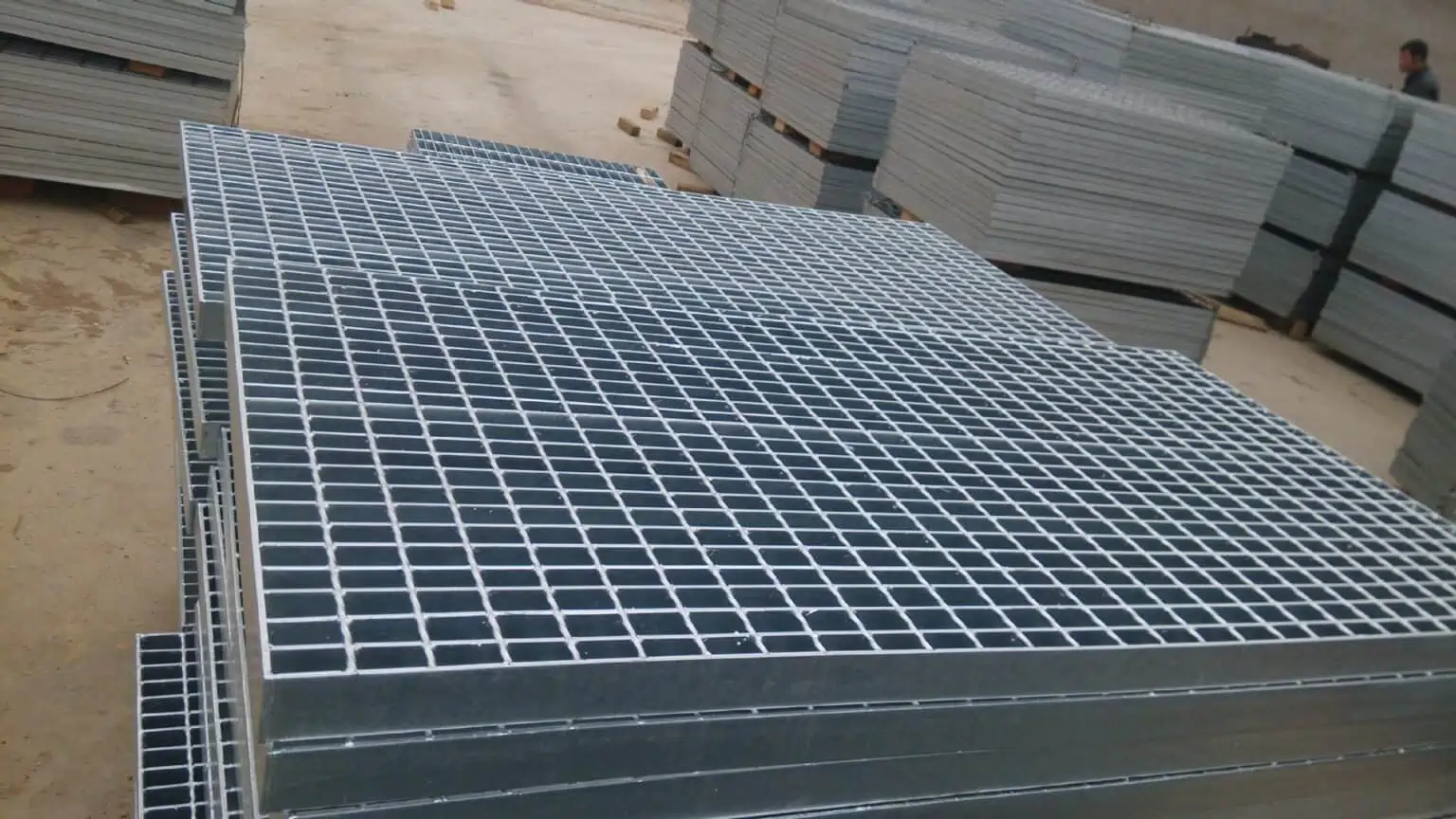Press-locked Galvanized steel grating
The press-locked galvanized steel grating is made of low carbon steel and stainless steel. A grid is formed by welding or pressing cross bars to bearing bars. Press-locked grating is widely used in power plants, chemical plants, oil refineries, steel mills, machinery factories, shipyards, paper mills, and other industries because of its high strength, light structure, and high bearing capacity.
An overview of the galvanized steel grating manufacturing process



















